


Beef Carcass Grading and Evaluation
Reviewed
Raising Calves on Stored Colostrum
Reviewed
Feed calves safely using stored colostrum; learn best practices for collection, storage, and feeding to boost immunity and reduce digestive issues.
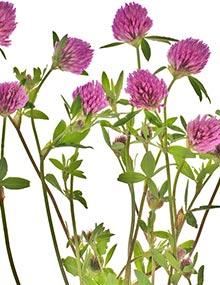
Red Clover
Reviewed
Red clover is the most widely grown of all the true clovers. Visit our website today to learn more about red clovers.

Unsoundness and Blemishes of Horses: Head, Body, Respiratory Tract and Stable Vices
Reviewed
Any defect that affects serviceability is considered an unsoundness. A defect that detracts from appearance but does not impair serviceability is considered a blemish.

Soybean Variety Selection
Reviewed
No one has yet developed a simple answer to the question of how to choose the best variety of soybean to grow, but it is the intent of this publication to present guidelines for choosing a variety for a given set of conditions.

Choosing Terrace Systems
Reviewed
Terraces are one way to control soil erosion. Visit our site to learn about Choosing Terrace Systems.
Establishing Birdsfoot Trefoil in Bluegrass Sod
Reviewed
Birdsfoot trefoil and Kentucky bluegrass will produce three times as much beef as unimproved bluegrass. Even heavily fertilized bluegrass will produce only 65 percent as much animal product as trefoil-bluegrass combination. See Table 1.
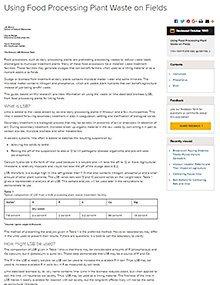
Using Food Processing Plant Waste on Fields
Reviewed
Lime-stabilized biomass from food processing plants can enrich soil with phosphorus and calcium while neutralizing acidity.
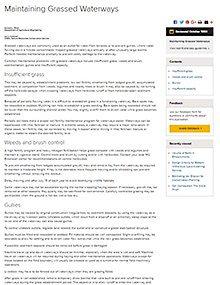
Maintaining Grassed Waterways
Reviewed
Grassed waterways help control water flow and prevent erosion. Regular maintenance ensures effectiveness.
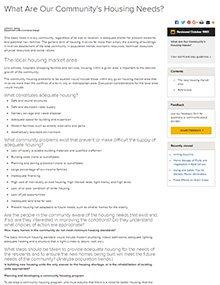
What Are Our Community’s Housing Needs?
Reviewed
This publication explores how communities can assess and address housing needs through evaluating local conditions, identifying challenges, and planning improvements.
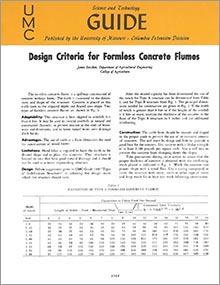
Design Criteria for Formless Concrete Flumes
Reviewed
Editor’s note
The PDF version of this publication includes illustrations.

Analyzing Cropping Systems
Reviewed
Optimize crop yields and profitability with strategic management practices, including seed selection, planting techniques, and cost-effective weed control.
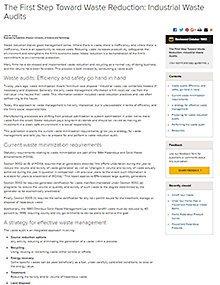
The First Step Toward Waste Reduction: Industrial Waste Audits
Reviewed
Learn how industrial waste audits enhance efficiency, reduce costs, and ensure compliance by identifying and minimizing waste in manufacturing processes.
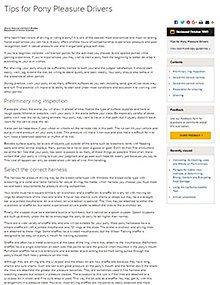
Tips for Pony Pleasure Drivers
Reviewed
Who hasn't had visions of driving or riding a pony? It is one of the easiest, most economical and most rewarding horse experiences you can have. A pony offers endless hours of companionship, experience, pleasure and peer recognition, both in casual pleasure use and in organized group activities.
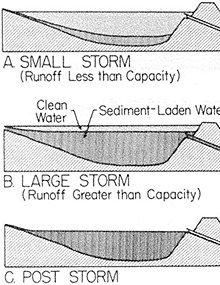
Operation of a Bottom Withdrawal (Lake Cleaning) Spillway
Reviewed
This guide details the operation and maintenance of a bottom-withdrawal spillway, which uses a siphon system to improve water quality in reservoirs.
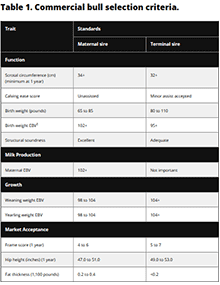
Using Performance Data in Judging Classes: BIF Fact Sheet
Reviewed
Judging contests are an important educational tool. Someday young cattle producers will be faced with selection decisions that affect the profitability of their operations. This guide can be used to train youth interested in modern beef selection practices.1
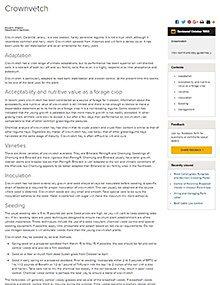
Crownvetch
Reviewed
Crownvetch, Coronilla varia L., is a cool season, hardy, perennial legume. It is not a true vetch, although it resembles common and hairy vetch. Crownvetch spreads from rhizomes and will form a dense cover. It has been used for soil stabilization and as an ornamental for many years.
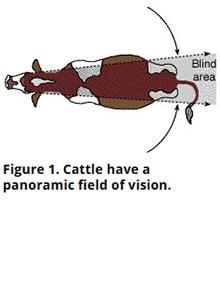
Animal Handling Safety Considerations
Reviewed
Yet animal-related accidents cause numerous deaths and serious injuries each year. Removing hazards brings you one step closer to a safe work environment.

Brooding and Rearing Ducklings and Goslings
Reviewed
Goslings and ducklings can be brooded by broody chicken hens and most breeds of ducks and geese. Learn about brooder types, temperature, housing, feeding, watering, pasturing and fencing in this University of Missouri Extension guide.
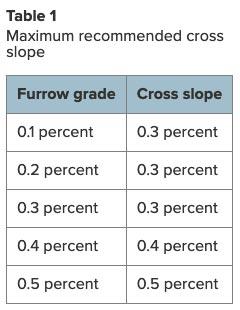
Land Grading for Irrigation: Design and Construction
Reviewed
Land grading is used for irrigation and subsequent drainage. Visit our site for our Land Grading for Irrigation: Design and Construction guide.
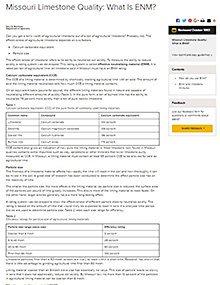
Missouri Limestone Quality: What Is ENM?
Reviewed
Effective Neutralizing Material measures agricultural limestone's ability to neutralize soil acidity, factoring in calcium carbonate content and particle size.
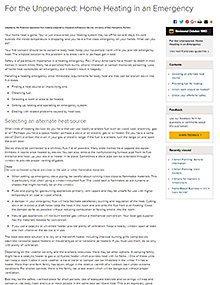
For the Unprepared: Home Heating in an Emergency
Reviewed
Your home heat is gone. You've just discovered your heating system may be off for several days. It's cold outside; the inside temperature is dropping, and you have a first class emergency on your hands. What can you do?
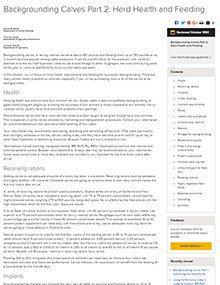
Backgrounding Calves Part 2: Herd Health and Feeding
Reviewed
A good health program is critical to successful calf backgrounding. Visit our website today to learn more about backgrounding calves.
Nitrate and Water
Reviewed
Nitrates in water can harm livestock and infants; this guide explains sources, risks, and prevention strategies.